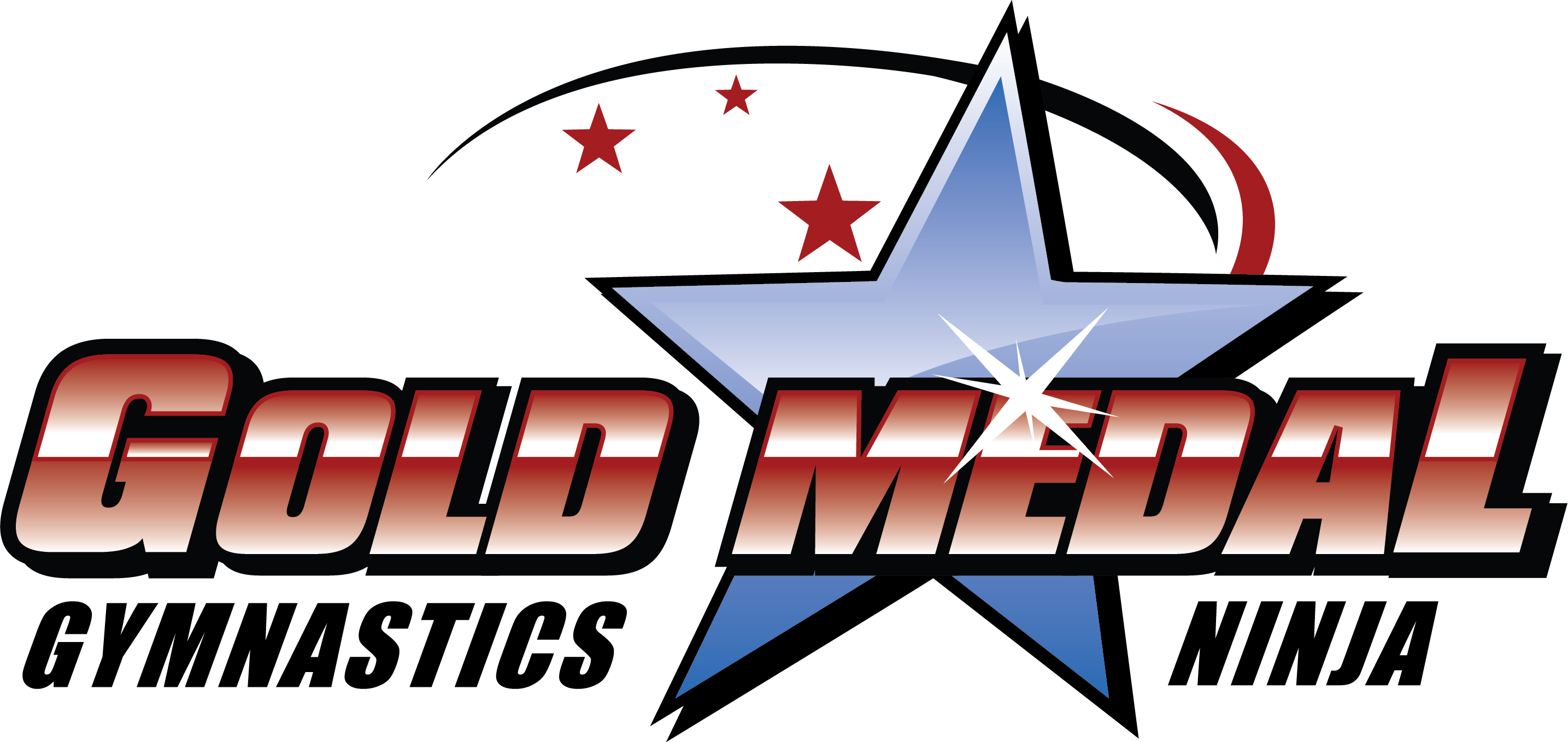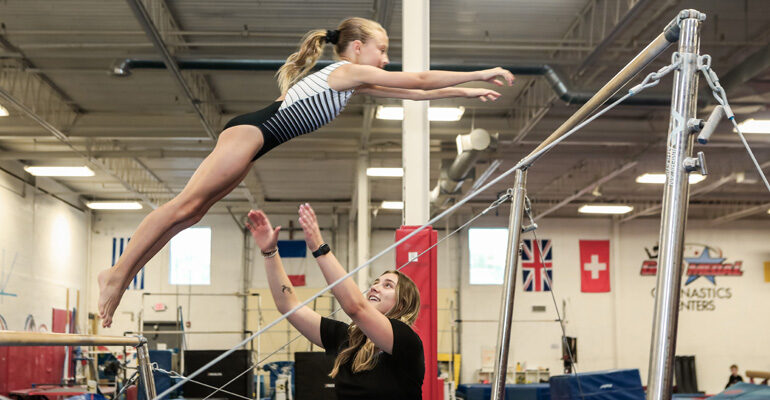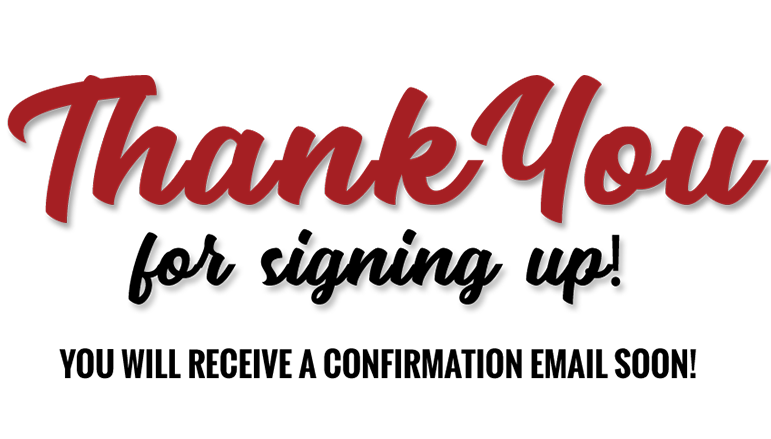Embark on a captivating journey through the enthralling world of gymnastics! In this article, we will explore the uneven bars apparatus and uncover the milestones and innovations that have sculpted the uneven bars into a central and challenging element of competitive gymnastics. From its inception to modern-day mastery, discover the fascinating story behind the swings, spins, and soaring feats that define the heart of gymnastics’ uneven bars!
What Defines The Uneven Bars Apparatus?
The uneven bars apparatus stands as a pinnacle in artistic gymnastics, known for its intricate routines and dynamic challenges.
Structure And Dimensions
The physical structure of the uneven bars involves a pair of horizontal bars, typically made of fiberglass with a wood core. The high bar is set approximately 8 feet above the ground, while the low bar is positioned about 5.5 feet high. This asymmetrical arrangement demands a combination of strength and precision from gymnasts, contributing to the uniqueness of the apparatus. The dimensions of both bars are crucial, with the high bar having a diameter of around 1.6 inches and the low bar slightly thicker at approximately 2 inches. These standardized dimensions create a level playing field for gymnasts worldwide, ensuring a consistent and challenging experience.
Distance And Width
One distinctive feature of the uneven bars is the adjustable nature of the distance between the high and low bars. This adaptability allows coaches to customize the apparatus based on individual gymnasts’ preferences and body proportions, fostering inclusivity in the sport. The standardized width between the bars, approximately 6 feet, adds another layer of challenge to routines. This fixed-width requires precision and control during transitions, contributing to the technical difficulty of gymnastics performances on the uneven bars.
Materials
The material of gymnastic equipment used in constructing uneven bars is crucial for their durability and flexibility. Fiberglass with a wood core is a common choice, as it provides the necessary strength while allowing for a slight bend, enhancing the dynamic nature of routines. The combination of materials ensures that the bars can withstand the forces exerted by gymnasts while still providing the right amount of spring. This careful selection of materials not only contributes to the safety of gymnasts but also plays a vital role in optimizing their performance on the uneven bars.
Collars And Safety Measures
Collars play a significant role in securing the bars and maintaining stability during routines. They prevent the bars from rotating or shifting unexpectedly, providing a secure platform for young gymnasts to perform intricate maneuvers. Safety measures are also integrated, including padding on the uprights and landing mats beneath the apparatus. These precautions minimize the risk of injuries during falls or dismounts, ensuring the overall well-being of gymnasts as they navigate the challenging routines on the uneven bars.
Adjustability
The adjustable features of the uneven bars contribute to creating a personalized experience for gymnasts. The ability to modify the distance between the high and low bars allows for customization based on children’s preferences, age, and body proportions. This adaptability is crucial in accommodating gymnasts of varying heights and skill levels, fostering inclusivity in the sport. The role of adjustability extends beyond customization, playing a fundamental part in ensuring that gymnasts can perform at their best, ultimately enhancing the overall quality and diversity of routines on the uneven bars.
Tips To Help You Master The Uneven Bars
Incorporating these strategic training tips into your regimen can undoubtedly pave the way for mastering the uneven bars:
Build Core Strength
Building core strength is foundational for mastering the uneven bars. Gymnasts should incorporate targeted exercises such as leg lifts, planks, and hollow body holds into their training routine. A robust core is indispensable for maintaining a child’s stability and control during the intricate movements and transitions required on the uneven bars. The engagement of core muscles not only enhances overall performance but also contributes significantly to preventing injuries and ensuring a solid foundation for advanced skills.
Perfect Your Hand Positioning
Achieving precision in hand positioning on the bars is paramount for gymnasts aiming to excel on the uneven bars. Proper hand placement ensures a secure grip, providing the necessary support for intricate maneuvers. Incorporating exercises that enhance grip strength and refine hand positioning is crucial. Attention to detail in this aspect allows gymnasts to execute movements with confidence, reducing the risk of slips and contributing to the overall fluidity of their routine.
Master Transitions
Mastery of transitions between bars is a key element in advancing uneven bar skills. Gymnasts should focus on developing smooth and controlled movements during transitions. Specific skills, like kips and pirouettes, are fundamental components that contribute to the effectiveness of these transitions. Practicing and perfecting these maneuvers not only enhances the aesthetic appeal of the routine but also showcases the gymnast’s proficiency in seamlessly navigating between the high and low bars.
Focus On Dismounts
Dismounts play a pivotal role in the overall performance on the uneven bars. Gymnasts should dedicate time to practicing and perfecting their dismounts, emphasizing a strong takeoff and a controlled descent. Sticking landings and maintaining good form during dismounts showcase a gymnast’s command over the apparatus. This attention to detail not only adds to the overall routine’s grace but also contributes to higher scores in competitions.
Utilize Proper Spotting
Incorporating proper spotting techniques into uneven bar training is essential for gymnasts seeking improvement. Working with a coach or spotter provides valuable feedback, enhances technique, and ensures safety during practice. The guidance of a spotter allows gymnasts to attempt challenging skills with confidence, pushing their limits while minimizing the risk of injury. Collaborative training with a spotter fosters a supportive learning environment, facilitating the development of skills with precision and efficiency.
What Mistakes Should You Avoid On The Uneven Bars?
Navigating the challenges of the uneven bars requires precision and attention to detail. To excel in this dynamic discipline, gymnasts must be aware of common pitfalls that can hinder their performance:
Poor Hand Grips
One common mistake little gymnasts should be vigilant about on the uneven bars is poor hand grip. Inaccurate hand placement or an insecure grip can lead to slips and falls, compromising the execution of intricate maneuvers. To avoid this, gymnasts should focus on refining their hand positioning, ensuring a secure and consistent grip. Regular grip strength exercises, along with the intake of some vitamins, can also contribute to building the necessary hand strength, reducing the likelihood of slips, and enhancing overall control on the bars.
Inconsistent Swings
Inconsistency in swings is another pitfall to be cautious of when navigating uneven bars. A rhythmic and controlled swing is essential for seamless transitions and executing various skills. Gymnasts should pay attention to the timing and amplitude of their swings, avoiding abrupt movements or irregular patterns. Consistent and fluid swings not only contribute to the aesthetic appeal of the routine but also lay the foundation for successful transitions and dismounts.
Failure To Clear Hips
A crucial aspect often overlooked is the failure to clear the hips during certain maneuvers. Neglecting to lift the hips adequately can hinder the execution of skills and lead to collisions with the bars. Gymnasts should emphasize proper body positioning, focusing on lifting the hips above the bars during movements like kips and clear hip circles. This attention to detail ensures smooth transitions and minimizes the risk of contact with the apparatus.
Ignoring Proper Progression
Ignoring proper progression in skill development is a common mistake that can impede a gymnast’s success on the uneven bars. Attempting advanced skills without mastering foundational ones can lead to errors and increased injury risk. It is crucial to follow a structured training plan, gradually advancing through skill progressions to build a solid foundation. This approach not only enhances skill proficiency but also reduces the likelihood of developing bad habits that can be challenging to correct later on.
Neglecting Flexibility Training
Neglecting flexibility training is a mistake that can limit a gymnast’s range of motion and hinder the execution of certain skills on the uneven bars. Adequate flexibility in the shoulders, wrists, and hip flexors is essential for performing various maneuvers with precision. Incorporating regular flexibility exercises into the training routine enhances overall mobility, allowing gymnasts to navigate the bars more effectively and with greater ease.
Ignoring Equipment Maintenance
Overlooking equipment maintenance is a crucial mistake that can compromise safety and performance. Loose bolts, worn grips, or damaged parts can lead to accidents during routines. Gymnasts and coaches should conduct regular checks on the uneven bars, addressing any maintenance issues promptly. Ensuring the apparatus is in optimal condition not only reduces the risk of injuries but also contributes to a consistent and reliable training environment.
What’s New And Trending In Uneven Bars Gymnastics?
In the dynamic world of uneven bars gymnastics, ongoing trends and innovations are seen that redefine artistic expression and athleticism. The uneven bars gymnastics market is evolving, presenting gymnasts with a range of materials like glass fiber and wood. Glass fiber bars excel in competitive settings, while wood bars provide a traditional touch, catering to clubs and training facilities. The demand spans various applications, from playgrounds to gyms, schools, and homes. Many gymnastic training programs for kids may include these bars. Due to the popularity of gymnastics around the world, significant competitions, and emerging markets, the market can reveal opportunities as well as challenges. Challenges encompass cost management and the ongoing need for innovation to elevate safety and performance. The report shows and offers a comprehensive analysis, exploring types, applications, key manufacturers, and the impact of external factors like COVID-19 and the global wars, with a forward-looking perspective on dynamic market trends.
Master The Uneven Bars With GMGC!
Understanding the structure, dimensions, and challenges of the uneven bars can help gymnasts understand the dynamic challenges presented by this apparatus. Remember to avoid the common mistakes outlined in this article, and perfect your technique to ensure maximum success. Here at GMGC, we strive to ensure the success of every gymnast, from beginners to experts. Sign up now at GMGC to commence your journey into the world of advanced gymnastics!


